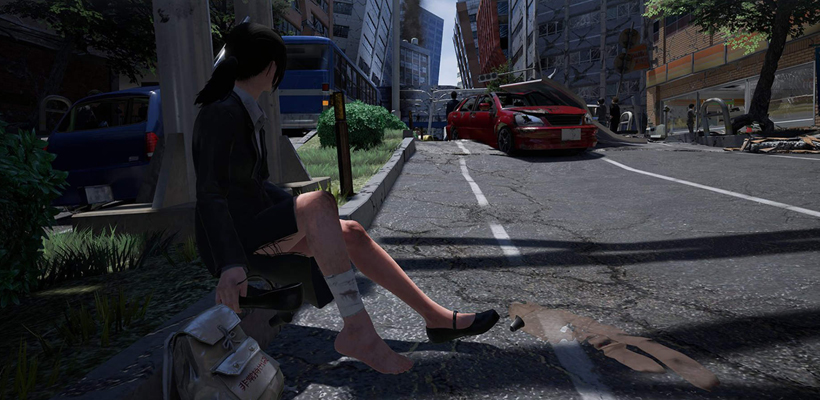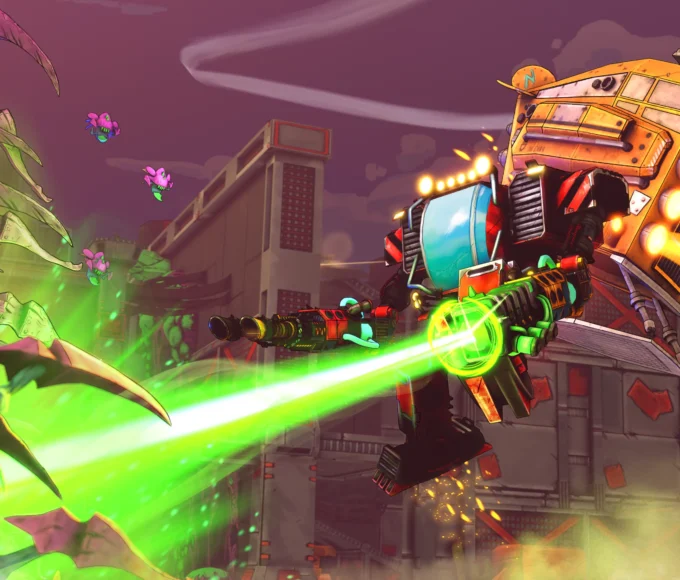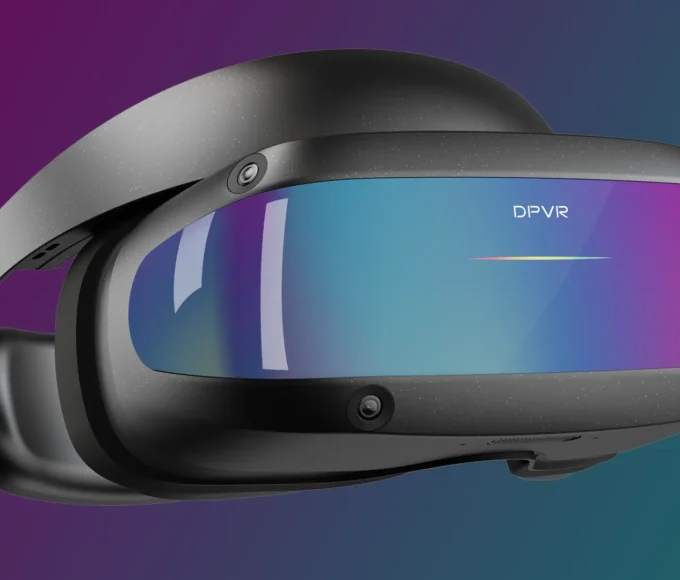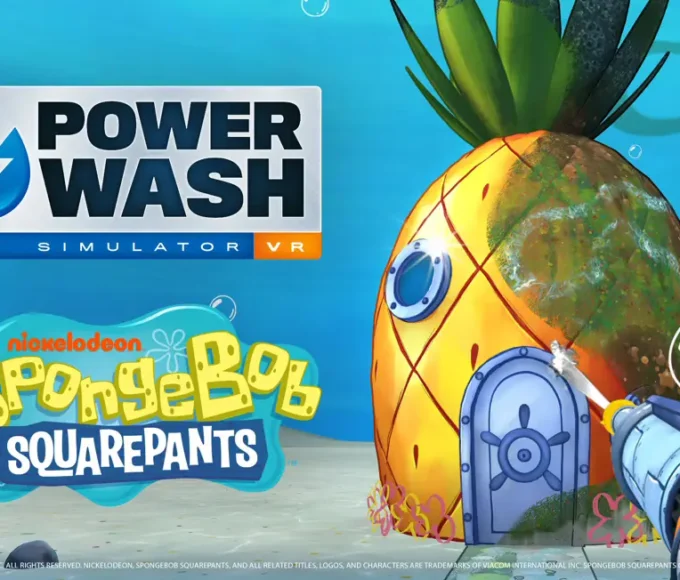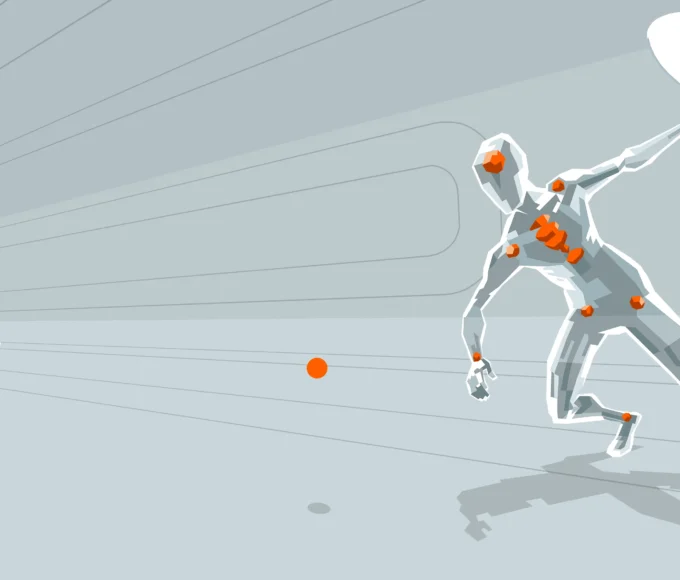Disaster Report 4 has finally made it’s way to western shores after a November 2018 release in Asia. We were really interested to see what the game offers with it also listing VR support, and check out what we have been missing since November 2018. We have now played through the game, so what did we think?
Story
At the start of the game you are on a bus journey ready and prepared to job interview in the city, on a beautiful summers day. However, this is soon interrupted by the noise of peoples mobile phones getting an emergency alert about an earthquake, soon after first tremor hits and the bus is thrown over.
Once you get out of the toppled bus, it is soon clear the devastation this natural disaster has caused, and the story takes off from here as you spend the next six days of your summer helping those in need in the time of the disaster. While doing this you do get some plot, with the majority of it being trying to reconnect a woman with her fiancée.
Between this plot you will get other little tasks to help with, for example; piggy-backing an old woman from location to location trying to get her treatment on an injured leg. With some of these side stories going from out-of-place comical moments to dark moments – with the darker and more sensitive moments being brushed over quickly. Where the story and narrative are not all that great, the game’s story will find a home with those who like movies that are so bad they become good.
Gameplay
As with the story the gameplay also seems quite disjointed and it will not be for some people. It has not continued from its predecessors in being an action-packed survival game, this is taking more the approach of tackling what effect it has had on others and helping out in the disaster – never mind how bizarre the situations become.
The reason the gameplay gives this feeling is, the game provides no real indication of what you need to do to proceed. It is going to be a case of just running around the part of the city you are in waiting for cut-scene to start, which will normally send you on fetch quests with again no indication of where you need to go. Then within some of these you just need to run around talking to everyone in that area of the city, hoping they can help you out with what you are looking for – but, you then need to help them out with something first. With this in mind the main gameplay loop will be just running around, talking to everyone and fetching items.
During the quests when you speak to people who are going to help you progress further into the game, you are presented with multiple options for the conversations, some that are very cringy and some that are fourth-wall breaking – with the later seeming like an odd addition. Where this is a nice addition, we found that these choices have very little baring on the outcome never mind what you chose to respond with.
They do try to mix this up with parts where you need to use vehicles, but these sections are never that big enough to break up that feeling of running around like a headless chicken. With one only lasting a couple of minutes – which left us questioning why was this part included in the game.
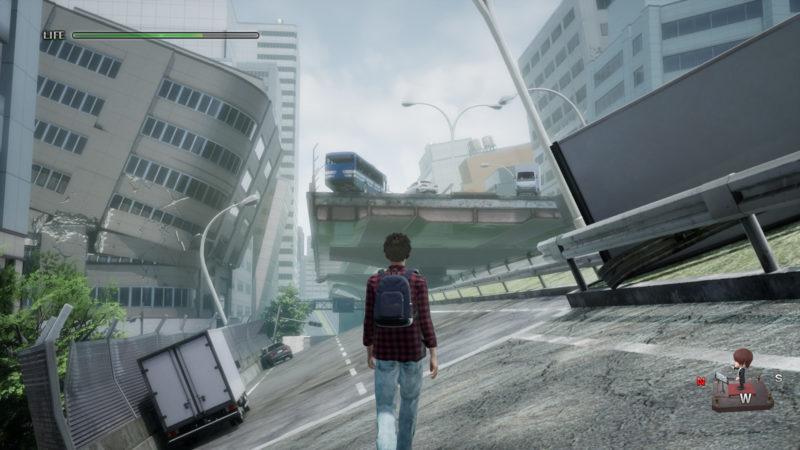
The game does keep some of the survival elements in with your character becoming hungry, thirsty and needing the toilet. Although these have no effect on the game, so it’s not going to cause any issues if you ignore the icons and take no action – with the only noticeable element of this being your character holding their stomach and groaning.
Again though were the gameplay has it flaws, it also has that odd charm that will grip people, especially fans of the surreal games from Asia in the PlayStation 2 era of consoles.
Presentation
Visually I would not say Disaster Report 4 is a terrible-looking game, but it does mix some good with some bad. The main element of the games presentation is the destruction caused by the earthquakes, as buildings and motorways are falling down around you, paths fall below your feet and the environment shakes – and in the most part these look great. Then it throws in some very low-resolution and bad textures throughout the games, with the main offender being inside buildings and homes, that can seem like they would not be out-of-place on the PlayStation 2.
Another part of the presentation comes in cosmetic changes you can make to your character and the games HUD during the game. When exploring you come across new outfits that can have you dressed a police man, a cowboy, and even let’s you dress you male character (if that is the sex you chose) in a school girl uniform. The little element you can change in the HUD is the compass, you will find these around the parts of the city you explore – these range from food, mechs and Chibi characters.
As you would expect with the game origin and it coming to the western market nearly two years after the original release in Asia, the voice work is all in Japanese, with English subtitles. But, I could find no issues with the voice acting throughout the playthrough.
For the environmental sounds, some seem a little off in what they are representing, but in most cases they work well. With the creaking and groans of the buildings that are still standing putting you on edge for that the next tremor and building collapse – especially when you are inside the building in question.
Controls
Where the controls can feel a little clunky, showing the games break in development, with them feeling more dated to the previous generation given the development originally started in 2011. But, although they are clunky they worked well once you got used to them, with the only issue being the crawling sections. This is because this is mapped to the same button as the one to crouch in order to brace yourself for the tremors. Which means it sometimes took three or four attempts to get them into the crawling position over the brace position. Luckily none of these crawling sections come at a part your in rush to get away from falling buildings and debris.
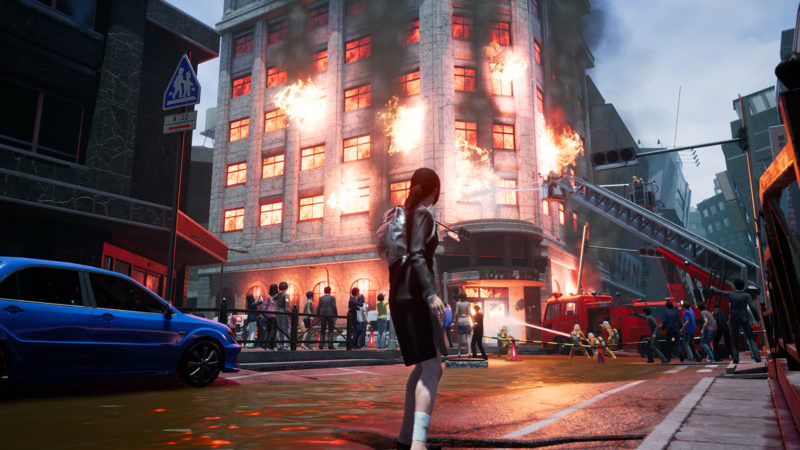
Longevity
The story mode of the game will take you around nine to ten-hours to get through, which is a decent chunk of gameplay time – with the game also offering two endings. After completing the game you get the option to play an epilogue, which will see you visiting the city five-months of the disaster struck and you bump into and catch up with characters you helped in the story and also some new characters. The epilogue adds around one to two-hour of extra gameplay time, and is worth playing if you enjoyed the main game. The final addition on playing through the game is it unlocks a VR Mode.
VR Mode
Firstly, to get access to the VR Mode on PC there is a few step you need to take. You need to go into the games properties in Steam and enable VR Mode in the BETA tab – once you have done this it will install a 2.2GB update. Then to launch it you need to locate the games folder on your drive and launch it from there and not within Steam.
Also, the VR mode does not include any story, it just gives you the opportunity to visit three areas you visited in the main game. However, these areas are not populated with people like in the main game, you are exploring the city on your own
Gameplay
The VR mode is all about just exploring these areas in VR, with the added element of finding stickers that will spell out the name of the game. This has you going into the parts of the city and areas you can explore, like the convenience stores and office buildings paying attention looking for the parts of stickers. There is a couple of moments when you can pick items up and doing this will usually unearth a sticker, but there is no huge element of gameplay in this mode.
Presentation
As with the main game the VR mode is not terrible-looking, but it does have its flaws. Again it’s a similar story as the flat-screen game, the effects of the buildings that crumble into the city look great, but in the VR mode the more lower resolution textures are more present and stand out more given you are placed into the city and its locations.
The sound in the VR mode, brings with it those creaks and groans from the buildings that put you on edge as it did with the main game, and other elements of the destruction like fire sound good. But, then some of the sounds used are terrible, if you speed up when crawling it sounds more like a sweeping-brush than someone crawling, and the noise of the wind going through the trees and bushes sounds more like a swarm of crickets – which are immersion breaking in VR.
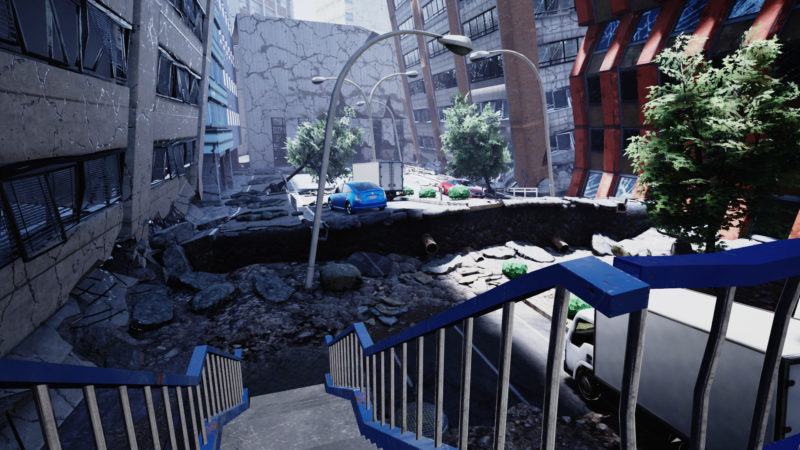
Controls/Comfort
I went into the VR mode using the Index controllers, and where these have been mapped they do not work very well, as the track pad has been used for the both A and B on the standard controller. Meaning it was easy to back out of areas before even exploring them – with the odd thing being the buttons on the Index controllers were not being used at all. Meaning we just experienced the VR mode with the gamepad, which it seems it was designed for given the only controls you are shown for this mode are for a gamepad.
Unfortunately the team have not made the parts of the cities you explore free-roam, so the controls are very basic. You will press A on the controller to move to the desired section, and then press the Right or Left bumper to walk on a pre-designed on rail track. With the B button being used to return to the last part but only in some areas, in some cases you just have to turn around physically and look for the press A button command come up. The reason you have to look for this command is, even if you turn around physically and press walk forward button it still acts like its on the rail-track and you will just walk backwards in this case.
As this is using the on the rails approach and the movement in VR, and even when sprinting it is not even at a fast pace, this mode should not cause discomfort for anyone. Also, with this being played by just clicking you can play it either seated or standing.
Longevity
Overall the VR mode will add around thirty minutes onto the game if you are not really interested in the sticker collection, and just want to experience the earthquake and explore these parts of the city in VR. If you want to collect all the stickers, we would say you will be looking at around and extra hour of gameplay time.
reviewed using valve index
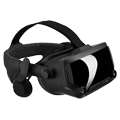
For the purposes of transparency, this review was created using a code provided by the company or their respective PR company. The use of a review code does not affect my judgement of the game.
Review Overview

Disaster Report 4: Summer Memories was an odd one to review, as although the game comes across as quite a mess in most elements, it’s this that gives the game the charm it has. Although at points it got frustrated running around trying to find the next cut-scene to move on with the story, it also kept engaged and compelled to continue. The story is odd in places and feels very scattered, but again I wanted to know what was going to happen next, given that the game embraces it’s own wackiness made it work. OK, the game wont be for everyone but if you are a fan of cult movies known for being so-bad-its-good or the surreal Asian games that were embraced on the PlayStation 2, this game will be right down your street. But, if you were thinking of buying the game directly for the VR Mode, I would say it’s a very considered choice. This is down to the price tag of £49.99 (GBP), and the fact you need to play through the campaign to unlock these levels.

